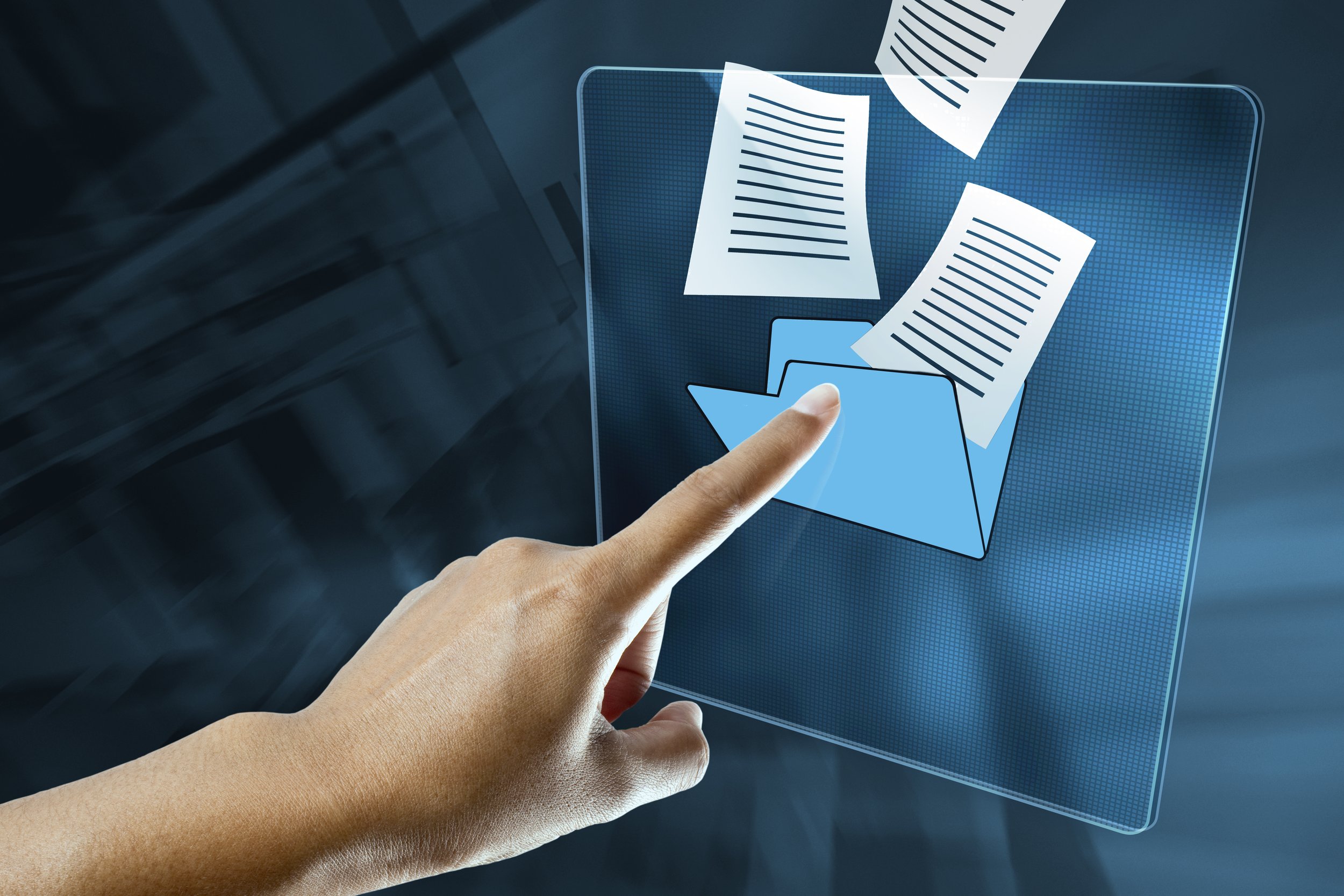Going paperless in a digital age
Paper is one of the most frustrating things to organize. It accumulates fast and can be easily lost. On any given day, it can feel like a firehose of information, which makes it easy to get overwhelmed and hard to manage. It’s hard to estimate how much time we actually spend searching, sifting, sorting, filing, and churning all of that darn paper.
Over the years, I’ve heard experts estimate that approximately 2.5 hours per day is spent searching for information. I don’t know about you, but spending 2.5 hours on one thing is too much time. So how do we process all that information in a way that feels less overwhelming and most importantly, manageable? My answer: Go paperless.
There are a number of reasons why going paperless is an important step in helping you to manage paper better:
Environmentally friendly: less energy consumed when producing and using paper
Automatically backed up: backing up is essential for everything (not just pictures)
Easily accessible: easily searchable on your computer using keywords
Faster communications: send and receive documents faster
Cost savings: it’s not just the cost of paper, it’s ink, storage, and supply chain
Disaster recovery: if an emergency happens, you are never without
Less clutter: reduce the number of paper piles around the house and the digital clutter
Going paperless can be a life-changing shift and when you’re making a big change, it’s good to break it down into smaller steps. Here’s how you can do it:
The prep work
It’s important to take some time to consider all aspects of your digital filing system. Look at it from every side and consider some important elements. What might get in your way or create barriers for your transition to a paperless environment? Some questions to consider:
What is your goal(s) for going paperless?
What are your scanning needs?
Where will you store your documents?
What will your backup method be?
Who needs to access your files and/or scanner?
How do I determine what paper I need to keep?
Assessing these questions will help you to answer the bigger questions so when the detailed questions come up, it doesn’t seem so overwhelming. Remember that planning helps you create the pathway forward.
Step One: Create your digital filing system
Searchability is one of the most important things about paperless living, so how you name your files is an important step in the process. You’ll want to think about this before you start scanning so you have a consistent format for how your documents are named and organized. Some questions you will want to consider:
What do you want the folder structure to look like?
Will you use subfolders or only high-level folders?
Do you want personal and work files to be co-mingled?
How will you name your documents?
When will you archive your files?
Where will you archive your files?
Don’t worry if things come up that you didn’t expect. That’s normal. You can field those questions as they come, but making the big decisions will help you resolve some of the smaller ones along the way.
Step Two: Scanning and filing
This is when you start putting all of your plans into action. Scanning and filing are simply just that. We recommend a high-speed scanner as the best tool for the job. You can easily scan, name, and save your documents into your digital file system. Once everything has been put into a digital format and filed in the proper folder the bulk of the work is done.
TIP: Don’t forget, help is available in your digital life.
Step Three: Maintenance
Like any good system, you have to create a maintenance plan to help keep it running efficiently. So, as you move forward, a few things you may want to consider:
How often do you want to do your scanning/filing?
How often will you declutter your files?
When and where will you archive your files?
It’s important to remember that even though your documents are saved digitally, you still need to perform routine maintenance; which means decluttering, reorganizing, and archiving for safekeeping. Monthly, quarterly or annual maintenance simply has to do with the length of time it will take you to process. The more frequently you do it, the less time it will take.

